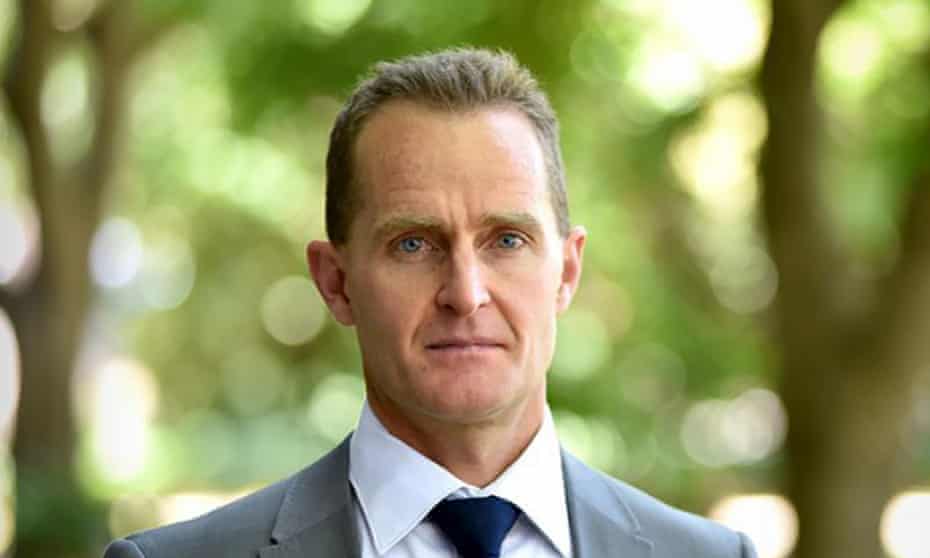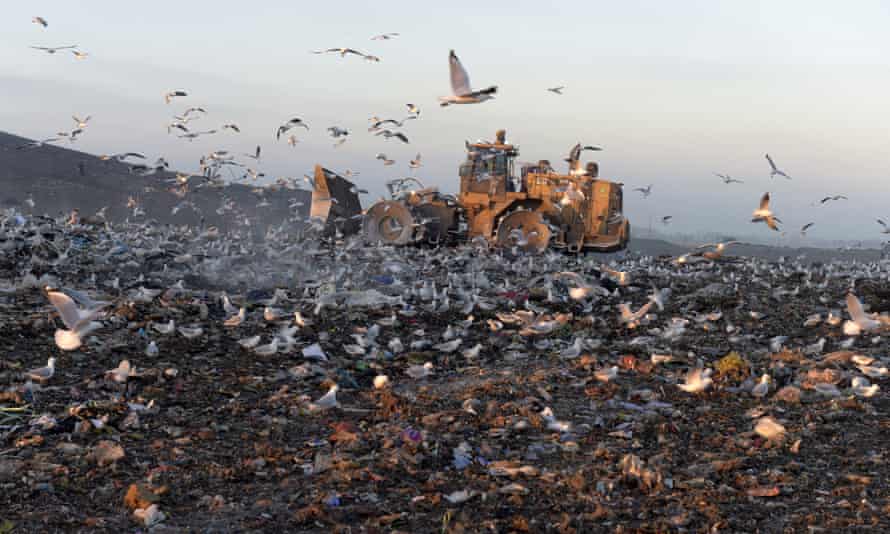Extract from The Guardian
Prof Andrew Macintosh says the system, which gives credits for projects such as regrowing native forests after clearing, is ‘a fraud’ on the environment, taxpayers and consumers.

Wed 23 Mar 2022 19.35 AEDT
Last modified on Wed 23 Mar 2022 19.37 AEDTProf Andrew Macintosh, the former head of the government’s Emissions Reduction Assurance Committee, said the growing carbon market overseen by the government and the Clean Energy Regulator was “largely a sham” as most of the carbon credits approved did not represent real or new cuts in greenhouse gas emissions.
His critique – outlined in four new academic papers – has major implications for the credibility of the Coalition’s $4.5bn “direct action” emissions reduction fund, through which the government buys carbon credits from rural landholders and other businesses.
It also raises questions for the rapidly growing number of polluting companies promising to buy carbon credits to offset their impact on the planet. The private market in carbon credits was worth $150m last year.

Macintosh, an environment law and policy professor at the Australian National University, said all major methods approved by the government to create carbon credits had “serious integrity issues, either in their design or the way they are being administered”.
This particularly applied to projects for regrowing native forests in cleared areas. Known as “human-induced regeneration”, it is the most popular method used to create carbon credits. Landholders using the method have signed contracts with the government worth an estimated $1.5bn.
Macintosh and his colleagues analysed 119 human-induced regeneration projects in New South Wales and Queensland. They found that despite the government issuing 17.5m carbon credits to these projects – with each credit meant to represent one tonne of carbon dioxide absorbed by growing trees – the total forest area had barely increased.
For 59 of the projects, the amount of forest was found to have reduced. They still received 8.2m carbon credits, worth more than $100m.
The researchers also found problems with projects at landfill sites that are awarded credits for capturing methane – a potent greenhouse gas released from waste – and using it to run on-site electricity generators.
Macintosh said nearly two-thirds of the claimed cuts in emissions would have happened anyway because the power projects were economically viable without carbon credit revenue. It meant the carbon credits generated did not represent “additional” cuts in emissions, as required under law.A billion dollars in public money has been wasted
“What is occurring is a fraud on the environment, a fraud on taxpayers and a fraud on unwitting consumers,” he said.
“People are getting credits for not clearing forests that were never going to be cleared, they are getting credits for growing trees that are already there, they are getting credits for growing forests in places that will never sustain permanent forests and they are getting credits for operating electricity generators at large landfills that would have operated anyway.”
‘The public deserves an explanation’
Macintosh described himself as a “deep believer” in the ability of environmental markets to drive behaviour change and improve environmental outcomes in a cost-effective manner, but said the government needed to take immediate steps for the carbon market to be worthwhile.
He called for it to abolish the flawed methods, stop low integrity projects from receiving further credits and set up an independent inquiry into the failures of the system with the power to compel people to give evidence.
“The public deserves an explanation for what has occurred and what can be done to ensure this does not happen again,” he said.
Macintosh said he believed the initial errors in how carbon credits were issued were unintentional, but subsequently attempts had been made to cover up those mistakes. More recently, as demand for credits increased with fossil fuel companies under pressure to show they were addressing the climate crisis, he believed the government had made a conscious decision to prioritise building an abundant supply of cheap offsets over ensuring their integrity.

Andrew Macintosh criticised the award of carbon credits to projects that capture methane from landfill to generate electricity. Photograph: Bloomberg/Getty Images
Macintosh said the failures in the carbon credit system were in part due to a single agency, the Clean Energy Regulator, being responsible for almost everything: designing and regulating carbon credit methods, advising and providing the secretariat for the committee that oversees the integrity of the methods, and buying credits on behalf of the government.
The regulator rejected Macintosh’s assertions, saying both it and the committee had undertaken considerable work using independent experts to test claims made by Macintosh and found no evidence to support them.
“Analytical material provided previously by Professor Macintosh has been refuted by more sophisticated independent analysis,” a spokesperson said.
The regulator said it had “well established and rigorous processes” to address potential conflicts of interest that arose from it developing carbon credits methods and issuing and purchasing credits, and that the emissions reduction fund was a “robust offsets scheme with a high degree of integrity”.
It said issuing carbon credits was underpinned by “rigorous assessment processes” using geographic information system mapping and other “big data”, and that compliance was assured through audits.
On the native forest regeneration method, it said a review had found “a very high” level of compliance. Legislation prevented it from releasing data from the specific forest areas that had been used to estimate the change in carbon storage due to regrowth, but they did not match Macintosh’s analysis, it said.
Macintosh said there was nothing in the legislation stopping the regulator from releasing the data aggregated across all project sites, or on a project-by-project basis with identifying information removed. He said a lack of transparency was a major problem with the system.
A spokesperson for the emissions reduction minister, Angus Taylor, said as chair of the committee Macintosh had reviewed and signed off on methods that he now claimed lack integrity. “Is [he] now suggesting he provided flawed advice to successive commonwealth cabinet ministers?”
The Emissions Reduction Assurance Committee was also contacted for comment.
Macintosh said he attempted to address the problems with carbon credits while on the committee but had limited success, and regretted he had not taken a stronger stance on some issues. He said he had continued to try to persuade the regulator and other officials of the need to act before deciding to go public.
He served on the committee for more than six years before resigning when he was appointed as one of three royal commissioners who examined Australia’s natural disaster response after the catastrophic bushfires of 2019-20. He continues to work for the agriculture department on a program championed by the agriculture minister, David Littleproud, that rewards farmers who protect biodiversity while reducing emissions.
Credits central to net zero
Macintosh’s intervention is the strongest in what has become a growing call for an overhaul of how carbon credits are issued, and of the emissions reduction fund.
A report by the Australian Conservation Foundation and the Australia Institute last year said “avoided deforestation” projects – under which landholders are issued with carbon credits for not removing vegetation from their land – were essentially “junk” as in most cases the areas were never going to be cleared. A Guardian Australia investigation in 2018 found doubts about several other methods used to generate credits.
Macintosh said the analysis by him and his colleagues had two main implications.
“Firstly, $1bn in public money has been wasted. The Clean Energy Regulator was meant to be buying emissions abatement but, by and large, it has bought nothing,” he said.
“Secondly, where these low integrity credits are being used to offset emissions from polluters, it is actually increasing emissions … because we get the increase in emissions from the polluters but there is no [genuine] offsetting.”
Carbon credits are central to the government’s plan to reach net zero emissions by 2050. The plan, which has been criticised for a lack of detail or new policies, says up to 20% of the cut in emissions needed will come from carbon offsets.
Taylor announced in January that generation of credits would also be allowed through plantation forestry, emissions cuts at industrial sites, and the use of biomethane and “blue carbon” – storing carbon in coastal wetland ecosystems.
The minister has taken two other steps in recent weeks to increase the supply and trade of carbon credits.
The first was to release credit-generating companies from government contracts under the emissions reduction fund so they can earn more on the private market, which triggered a sharp fall in the carbon price for polluting businesses. The second was to cut the tax rate on the sale of carbon credits for primary producers.
No comments:
Post a Comment